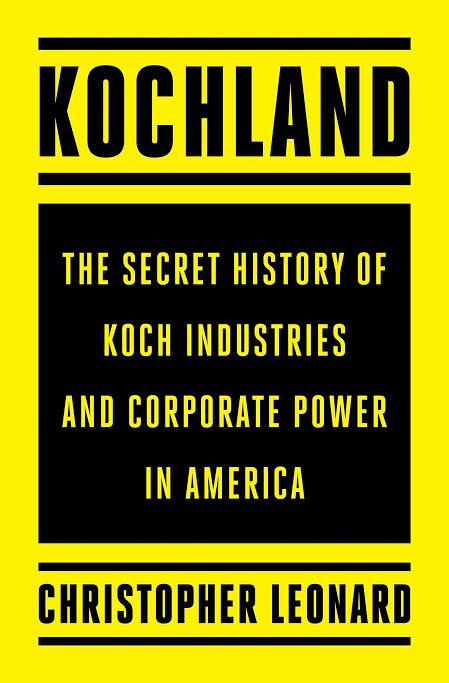
Fundamentally, there are only two drivers of business value. The ability to generate returns on capital in excess of cost of capital, and the ability to grow. A thread breaking down these two elements 👇
#NotesFromMySlipbox
#NotesFromMySlipbox
In theory, in the long run, in the absence of moats, returns on capital will reduce to cost of capital. But in reality, many businesses manage to generate high returns for long periods of time. How do they do this?
If we just look at the problem mechanically, or from an accounting lens, we see that return ratios can be improved by:
1. increasing working capital efficiency - eg: better inventory management, improving collections, better sourcing deals, process improvement in multi-stage processes.
2. increasing asset turns - this is not only in terms of working capital but also fixed assets. Essentially, sweat your assets more.
3. improving margins - there's a whole lot of ways to do this. Discussed below.
4. optimizing capital structure - this can affect returns on equity but not really return on capital employed.
5. outsourcing less efficient processes - this potentially reduces margins but can improve returns to removing now redundant assets from the balance sheet.
Improving margins is one goal that is discussed a lot any way. Here is a list of just a few ways this is achieved. Most of these are obvious, but still worth listing out.
1. controlling cost of goods - better sourcing, reducing wastage, product design changes to reduce inputs.
2. better utilization of fixed cost items - improved asset utilization by improved process management. This also happens naturally as a business scales to utilize its factories and machinery more fully.
3. changes to the product mix, to get to higher margin profiles. In FMCG, this is strategy is often implemented as premiumization. But this also includes refocusing marketing budgets and other things to higher margin products.
4. optimizing marketing spends - both above the line and below the line. Again this probably matters more in advertising heavy businesses such as consumer staples and discretionary.
5. differentiated/tiered pricing - for example airlines charging more for last minute business travel, or packaged water companies creating separate pricing tiers of restaurants, airports, etc.
6. reducing SKU variety (especially in retail and FMCG) - this can often bring operational efficiences due to specialization, focused sourcing, etc.
7. automation - effectively improving labor productivity, and possibly reducing waste in the production process.
The other dimension to value creation is growth. Provided the business generates returns in excess of cost of capital, growth creates value. Again, there is endless variety in which to do this. I list just a few.
1. aggressive pricing - probably the least preferred method to get growth. This can only work if you're a cost leader or have the potential to destroy competition and then re-raise prices.
2. greater/better marketing - incredible marketing can often drive both growth and margins. (thinking about Apple here)
3. incentives in distribution network - well designed incentive structures for distributors can skew growth away from your competitors to you. Particularly relevant in FMCG.
4. increasing product variety - in margins, we said reduce variety. Here we say increase it. Fine balance.
5. cross-selling, up-selling, bundling - essentially increase wallet share with your existing customer base.
6. entering new markets - this could include customer demographics (income levels, age groups, industries (for B2B players)) as well as geographies.
7. acquisitions - inorganically acquire growth. Done wrong, this can destroy return ratios. Done right, it can be accelerate growth and drive value creation for long periods of time.
A lot of these ideas are often counter to the desire to maximize return ratios. Hence the art of business is a fine balance between growth and the maintenance of return ratios.
These lists cannot be comprehensive. What other strategies do businesses employ to create value?
• • •
Missing some Tweet in this thread? You can try to
force a refresh






